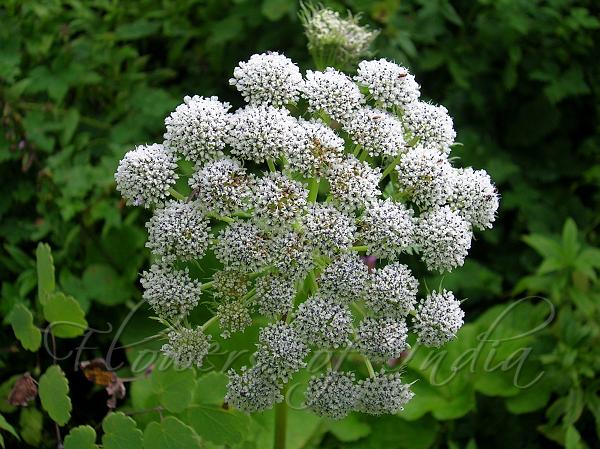|
| Bhutkeshi |
|

|

| File size | 708076 |
| Original date | 8/15/06 9:52 AM |
| Resolution | 2048 x 1536 |
| Flash | Flash did not fire, auto |
| Focal length | 8.0mm |
| Exposure time | 1/358s |
| Aperture | 3.2 |
| Focus Distance | |
| Metering Mode | Partial |
| Camera make | NIKON |
| Camera model | E3700 |
| Sensor type |
|
|
|
|
Photo: |
Botanical name: Selinum vaginatum Family: Apiaceae (Carrot family)
Synonyms: Cortia vaginata
Synonyms: Cortia vaginata
Bhutkeshi is a hairless plant, 20 cm to 1 m tall. Stem is stout, base
fibrous. Leaves are up to 30 cm long, hairless, double-compound. Pinnae
are 1-3 cm long, lanceshaped to oval, pinnately divided or cut. leaf
sheath are oblong, up to 8 cm long. Lower leaves are long-stalked, upper
stalkless on the sheath. The flower cluster has an involucre of 1 or 2
linear bracts or none. Rays in the flower-cluster are 10-30, stout,
hairless to velvety, 2-5 cm long. Involucel of 10-12 pinnate, pubescent
bractlets, longer than the umbellet. Calyx teeth are linear. Fruit is 5 mm
long, 2 mm broad, elliptic to subquadrate, ridges winged. Bhutkeshi is
endemic to India occuring in Jammu and Kashmir, Himachal Pradesh and
Uttarakhand. It is said to be common on alpine moist slopes and meadows.
Flowering: July-September.
Medicinal uses: Root are used as nervine sedative. It is used
as alternative source for Jatamansi.
Root are used as nervine sedative. It is used
as alternative source for Jatamansi.
Medicinal uses:
 Root are used as nervine sedative. It is used
as alternative source for Jatamansi.
Root are used as nervine sedative. It is used
as alternative source for Jatamansi. | Identification credit: Monika Vats Purohit | Photographed in Valley of Flowers, Uttarakhand. |
• Is this flower misidentified? If yes,